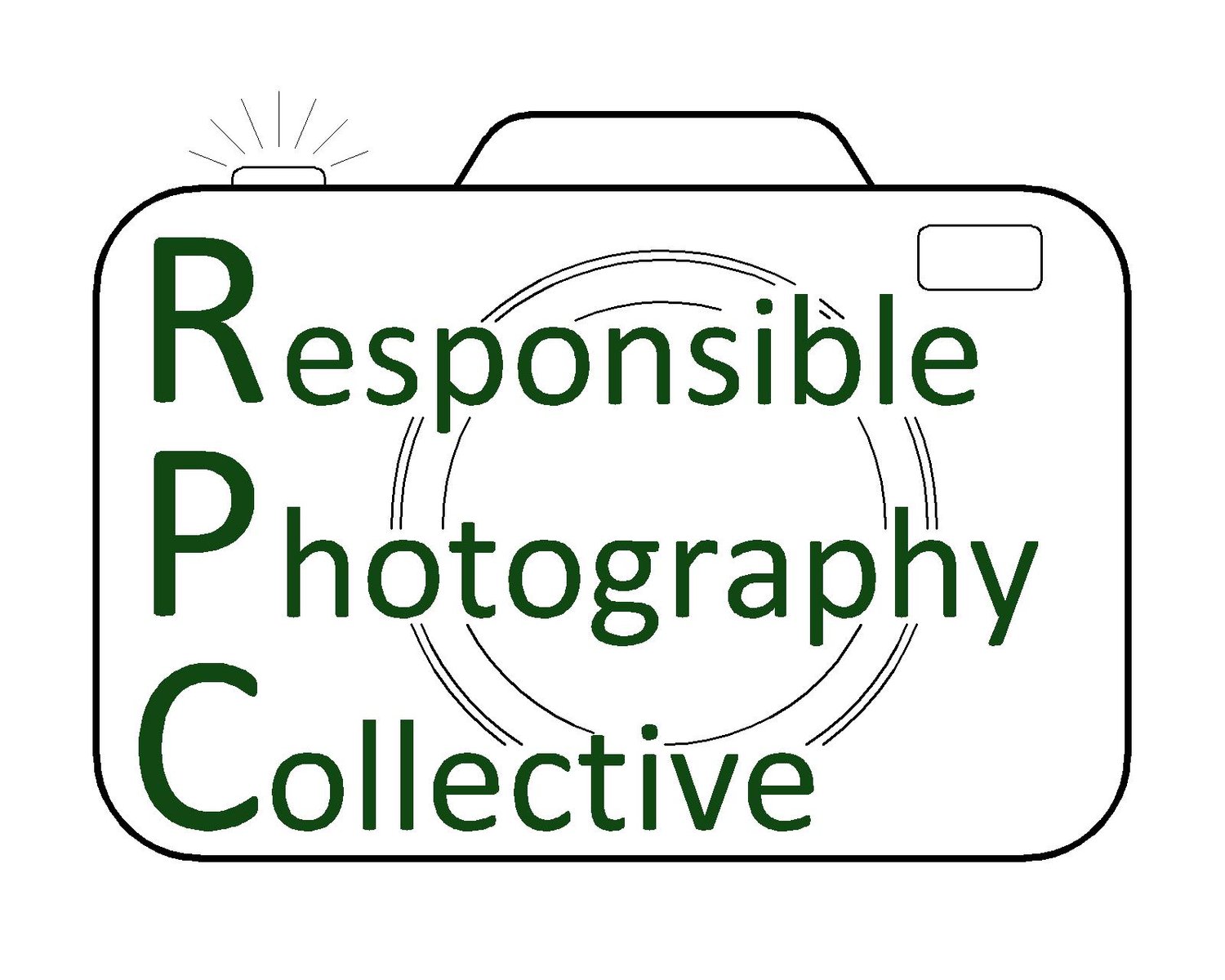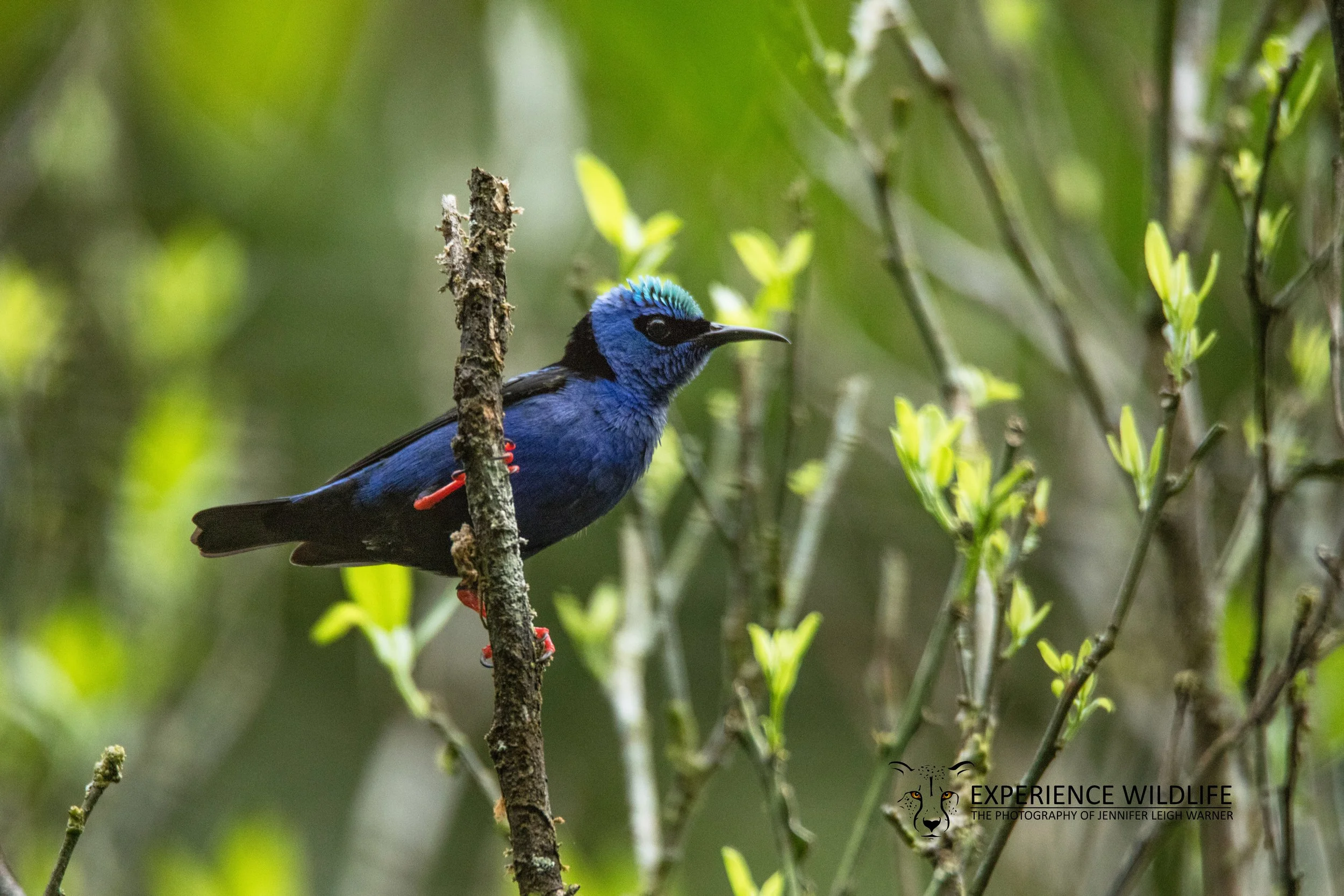Why We Should Avoid Calling Birds
By Jennifer Leigh Warner
As a seasoned traveler, I encounter many different wildlife guides throughout the world. I would never assume I know more about how to interact with wildlife than those who work on a regular basis in their home regions. I do however feel that even as guests in other countries it is our responsibility to ask questions about the health and safety of the wildlife that we encounter.
Amazonian pygmy-owl (Glaucidium brasilianum) Amazon Rainforest, Peru
A common practice, particularly around birding guides, is to use audio recordings of calls to attract birds to get a closer look. This behavior has become increasingly controversial and in some locations has become illegal, such as in national parks in the United States, where they consider this behavior as harassment. It states on the NPS website that parks prohibit mimicking animal sounds, and this rule applies to both manual and app-based playback.
Reasons why calling birds is harmful
Animals that are responding to a call may abandon other important activities to investigate where the call is coming from. They may leave a nest unprotected which could leave their eggs or chicks vulnerable from attacks from predators. They may also stop feeding or even leave an area altogether if they are feeling like a competitor has moved into their area.
Calling of non-native species in a habitat where that animal is not found is also problematic. When you call wildlife that doesn’t normally live in an area, it can alert wildlife that see that bird as a threat and cause them unnecessary stress.
Northern Flicker (Colaptes auratus) Ohio
Length and Time
The longer a call is used, the more likely it is to pull the bird in from a long distance and increase the chance of a harmful disturbance. Repeating a call in the same spot, or playing calls too loudly or playing calls at unnatural intervals can create stress as well.
In addition to the length of time you are playing the call, consider the time of year. If you are playing calls during nesting season or migration season, you are increasing the likelihood of a disturbance.
Location
Consider the location of where you are playing these bird calls as well. As we said, it may be illegal to play calls on some public lands. One reason for this is cumulative impacts of many people playing bird calls all in the same area. These heavily visited areas can create chronic stress and long-term behavioral changes.
Red-legged Honeycreeper (Cyanerpes cyaneus) Panama
Think before you call
Whether you are in your own backyard or on the other side of the world, think twice before using bird calls to attract wildlife to your camera. It is nice when a subject comes to you, but if it is hurting the very wildlife we aim to protect, it is doing more harm than good. If your guide is using calls to attract wildlife, have a private conversation about weather that is the best approach for your trip.



